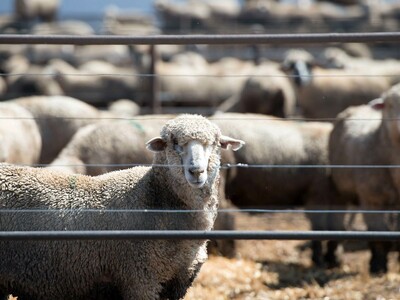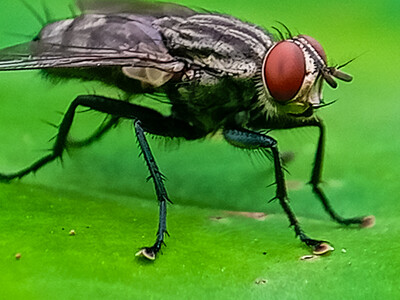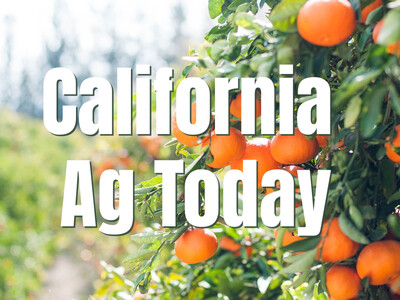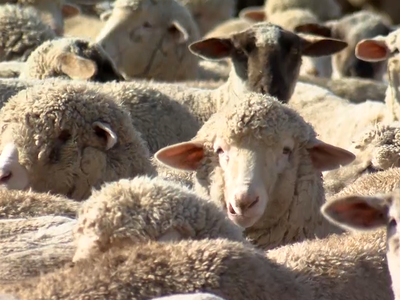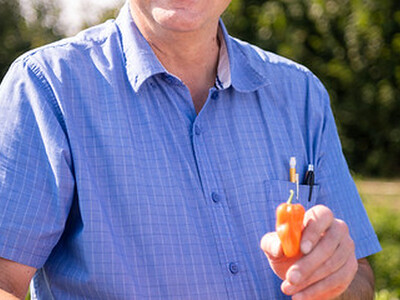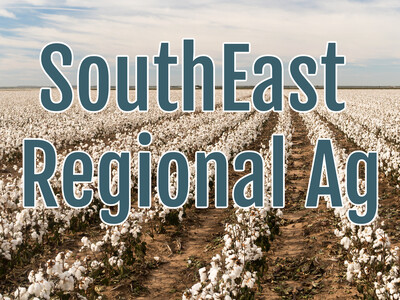Protecting State's Natural Resources
Protecting State’s Natural Resources. I’m Greg Martin with today’s Line On Agriculture.
Is Oregon agriculture doing a better job of protecting the state's natural resources? Additional funding may help prove that the answer is yes. The 2011 Oregon Legislature provided funds to beef up monitoring efforts aimed at water quality and land conditions to help show progress is being made by agricultural landowners, according to Stephanie Page of the Oregon Department of Agriculture.
PAGE: We like to be able to capture the improvements that folks are making to streamside areas and allowing vegetation to grow and establish, to control erosion, to manage manure, to keep bacteria out of waterways.
The additional funding has allowed ODA to hire Page as a water quality monitoring specialist. She will help the agency and the industry tell a more compelling story about the good things being done on the ground.
PAGE: We were already taking advantage of resources that are out there beforehand. But this will just provide us a more complete and statistically significant picture.
The new funding allows ODA to continue monitoring through the use of aerial photography and will allow 19 additional sites to be monitored by the Department of Environmental Quality, which already monitors 42 ag-influenced sites. The increased monitoring should provide information for those who want to know that agriculture is doing its fair share in providing good stewardship of land and water. Page says a variety of stakeholders want better data that can support the notion that agriculture is making progress on protecting land and water quality.
PAGE: I think everybody agrees that measuring progress is really important. From our agriculture stakeholders to other potential sources of pollution, like cities, to the environmental community- we're hearing from everyone that we need better ways to track and demonstrate progress.
Page says good management is taking place, but better monitoring is needed to show improvements by landowners is really making a difference in water quality.
PAGE: We have success stories from a huge number of agricultural landowners. A lot of folks are doing good things, but we haven't so far been able to show how all those things are adding up in terms of changes in land conditions and water quality.
That’s today’s Line On Agriculture. I’m Greg Martin on the Ag Information Network.






